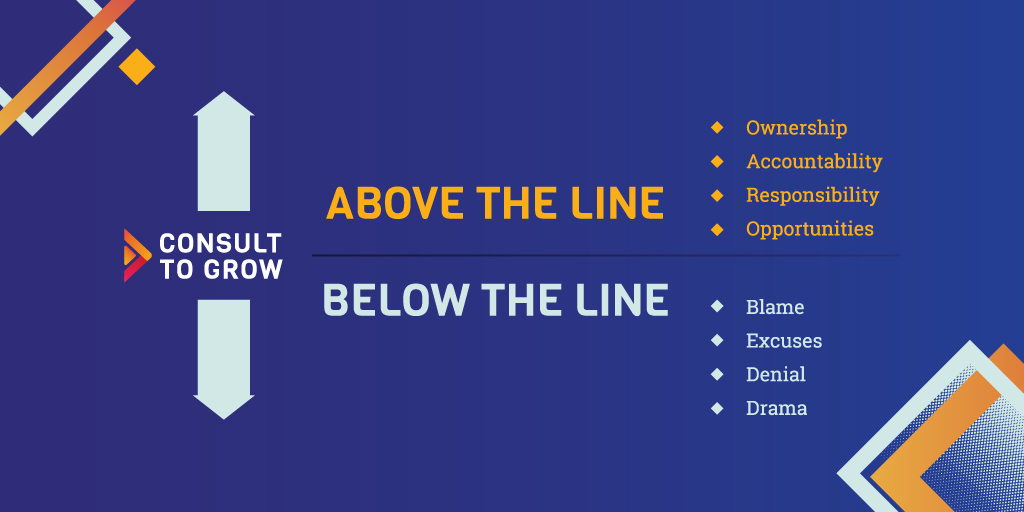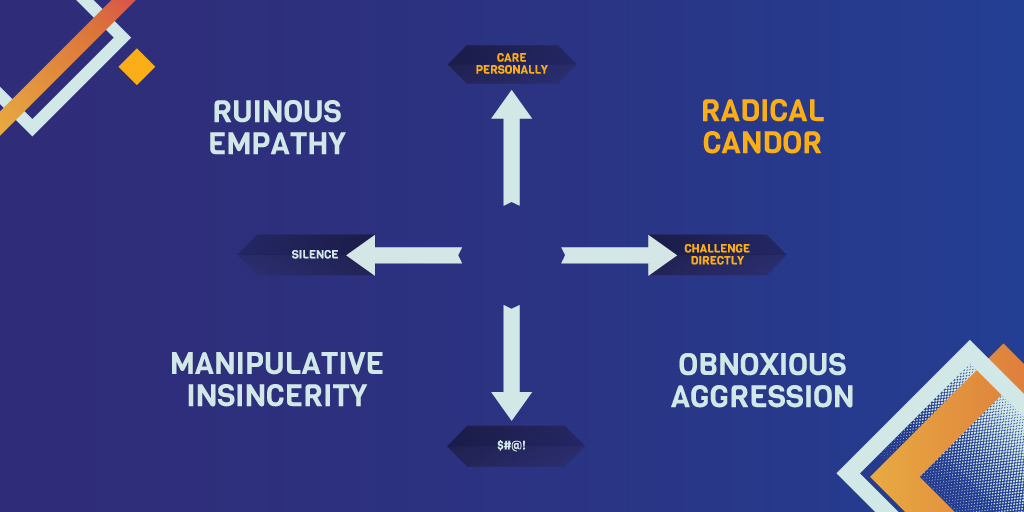
Quarterly Business Reviews (QBRs) and Their Value for Your Business (with SMART Examples)
What Is a Quarterly Business Review (QBR) & Why Does Your Business Need One? Running a business is demanding. As a business owner or founder,
In this fiercely competitive arena for restaurant market share, where economic challenges loom large, and the stakes have never been higher, it’s critical to remember the timeless wisdom of President Dwight Eisenhower: “What counts is not the size of the dog in the fight—it’s the size of the fight in the dog.”
As we navigate turbulent sales and traffic headwinds, this moment is a call to action for restaurant and operational leaders. So, muster your determination and rally your team, for in the battle for market share, it’s not just about the odds—it’s about the will to emerge victorious.



May your restaurant thrive and flourish as you navigate these challenges with determination and strategic prowess. Remember, it’s not just about surviving the storm; it’s about emerging stronger, wiser, and better positioned through the storm and beyond.
Consult to Grow® always wants our clients to prioritize sales generation while strategically managing costs to maximize profit. We advise restaurant owners, founders, and operators strategically to level up restaurant businesses. Let’s get started.

What Is a Quarterly Business Review (QBR) & Why Does Your Business Need One? Running a business is demanding. As a business owner or founder,

Owning multiple locations is often the most exciting milestone for a restaurant or retail owner, but it also comes with unique challenges. This post is

Is the weight of leadership or ownership pressing down on you? Do you wake up each day drained, overwhelmed, and uninspired? Maybe you are struggling